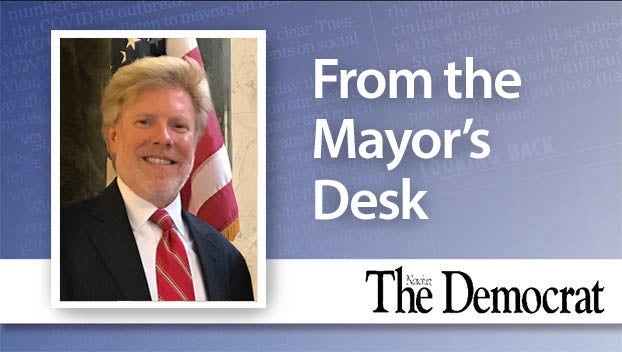Do you know history of St. Patrick?
Published 12:00 am Wednesday, March 16, 2011
St. Patrick, patron of Ireland (and the Irish throughout the world), was born in England of Roman parents between 375 and 387. Tradition claims his birth name was Maewyn Succat, but he was given the name “Patritius” (in English, Patrick) at the beginning of his missionary work. It means “father of his people.”
When he was 16 years of age he was carried into slavery in Ireland in a place now known as Antrim County (NE Ireland). There he worked for about six years as a sheepherder on the hillside of Slemish, not far from the present day town of Ballymena. During his years of isolation and slavery he found a deep faith in God and acquired an understanding of the natives.
A vision from God prompted him to run away from his slave master, to travel across the country to a port in Mayo County where he boarded a ship for his own country. His faith in God, his love of prayer and his thirst for learning led him to centers of study and prayer in the continent of Europe. It was under the guidance of St. Germain at the monastery of Auxerre in France that he entered the Catholic priesthood.
He returned to minister in his homeland — England — for a brief period, before experiencing another vision calling him to return to Ireland. With the support of then Pope — Celestine 1 — he and a few companions began evangelization of Ireland in the year 433.
Patrick, as part of his strategy for his mission, set out to evangelize the kings and tribal chiefs. His great conquest was the conversion of the high king of Ireland during a national assembly at Tara. There he proclaimed the message of God’s love and redemption, and many leaders were baptized. From that point onwards his efforts were most successful.
He and his followers led many thousands of people to the Christian faith, they set up Christian communities and built churches. First they Christianized Ireland’s eastern counties, then the western counties (known as Connaught), and later, the northern counties (known as Ulster). He was given the hill on which the present cathedral of Armagh is built. His ongoing missionary effort was next directed to the southern counties where he visited Cashel-of-the-Kings in Tipperary county. Limerick, my home, became a great center for his preaching and baptizing.
Throughout Ireland, churches, holy wells, sacred hills and places of pilgrimage bear the name of St. Patrick — St. Patrick Cathedral, Croagh Patrick, St. Patrick’s Purgatory etc. The faith which Patrick brought to Ireland sent Irish missionaries to all parts of the world and blessed their efforts with success. Meanwhile, the evangelizer himself heard the master’s call at Downpatrick in Northern Ireland in 493 to receive his eternal reward.
Legend holds that his dying wishes were granted that Ireland would be given a seven-year warning to prepare for the end of the world, and that he would serve as judge of the whole Irish race on the judgment day.
The Rev. David O’Connor is pastor of St. Mary Basilica and Assumption Church and was Natchez’s 2008 St. Patrick.



